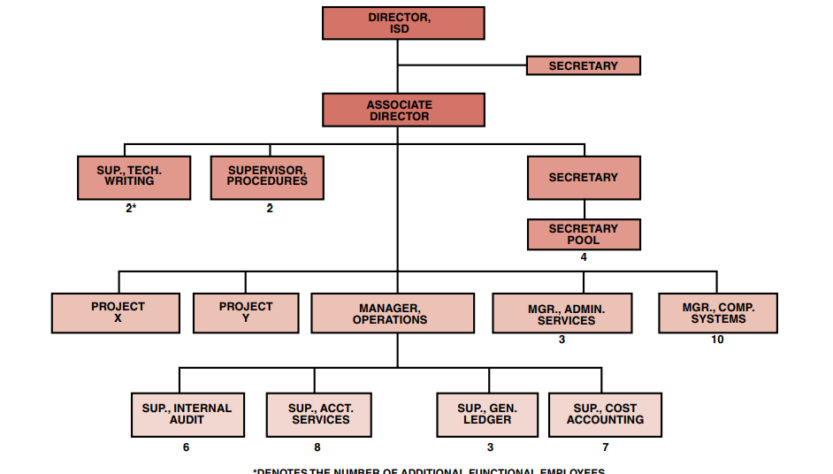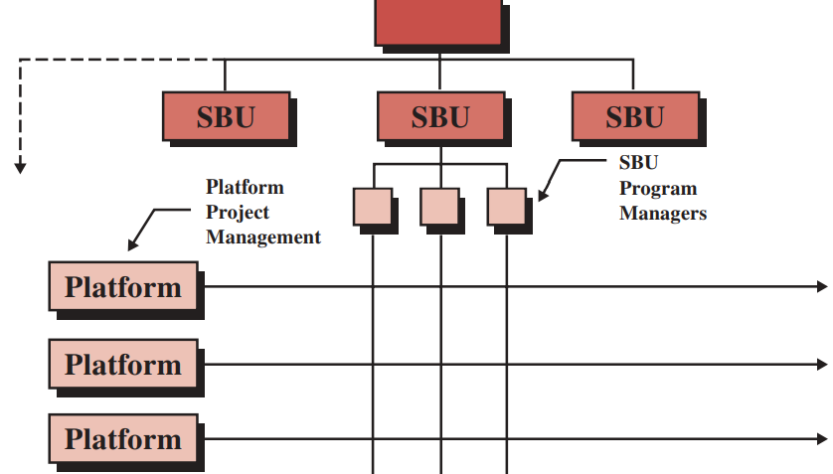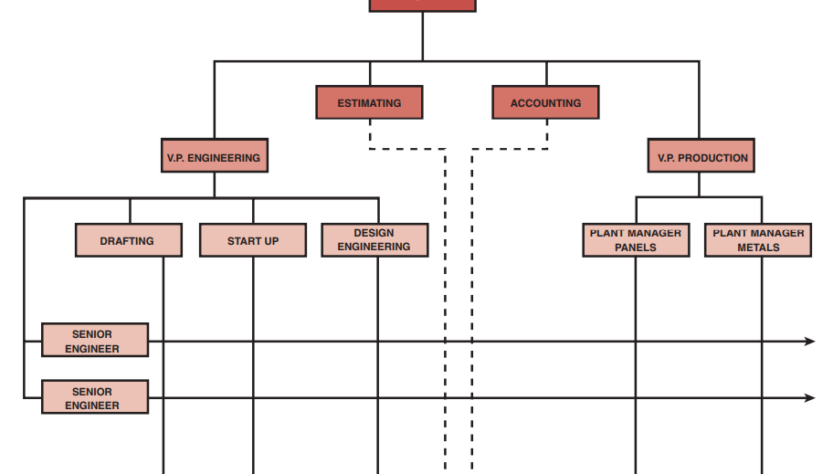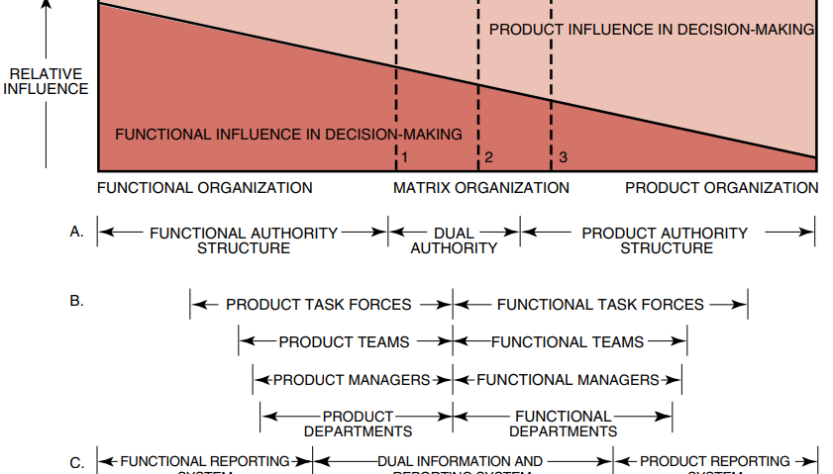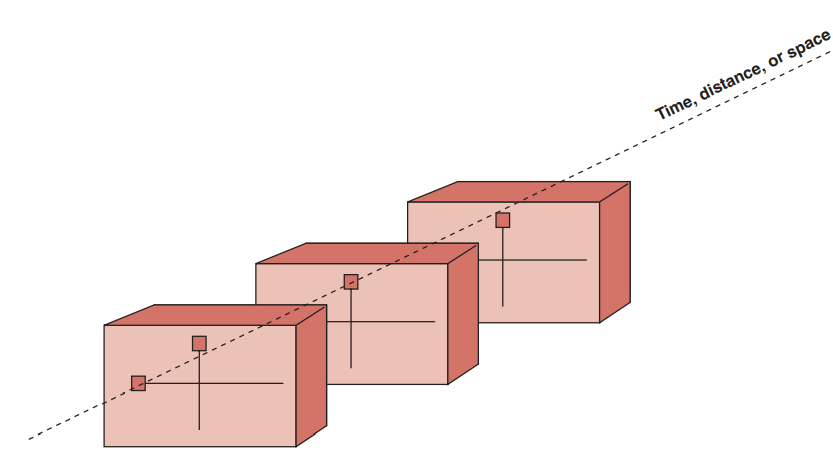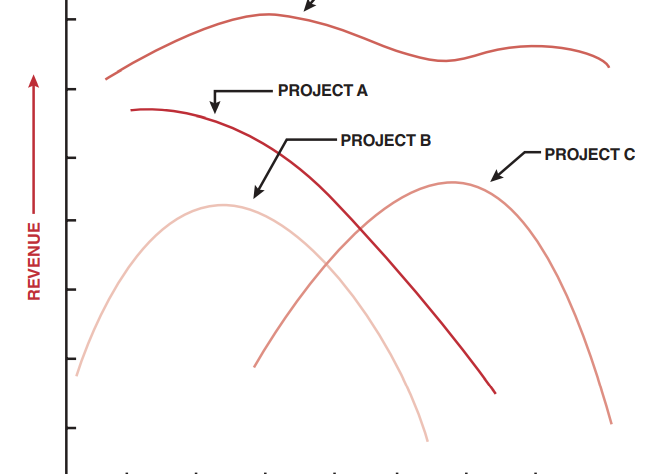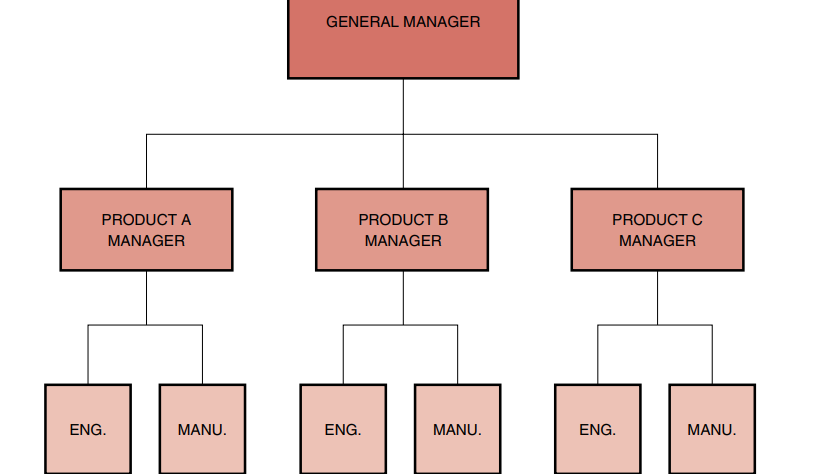By 1970, Jones and Shephard Accountants, Inc. (J&S) was ranked eighteenth in size by the American Association of Accountants. In order to compete with the larger firms, J&S formed an Information Services Division designed primarily for studies and analyses.
